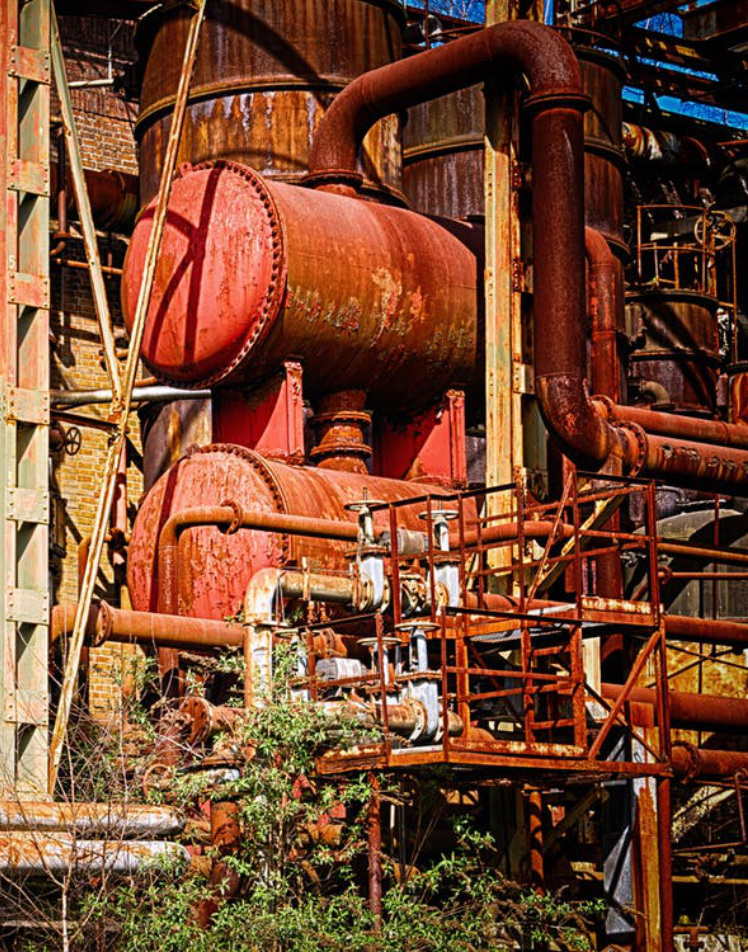
Corrosive Environments
The Toughest Conditions Use Composite Materials
Composite Materials Engineered for Corrosive Environments
AltraSet produces corrosion-resistant composites for some of the harshest industrial environments. Due to the anti-corrosive properties of composites, it is the material of choice for these conditions since the 1940s. Advancements in the 1950s led to composite utilization in the paper, pulp refinement and chemical processing industries. Field testing has validated the ability of corrosion-resistant composites to withstand deterioration in harsh environments. One often-cited example of an early test occurred when a 25-year-old composite gasoline storage tank was unearthed, examined and put back into service. There were no signs of damage from the gasoline or the acidity and conditions of the earth. By the 1990s, 40 years of case studies and industrial experience proved the lasting performance of corrosion-resistant composite materials. Today, the advancements continue and thermoset composites are widely used and accepted for use in corrosive environments in a variety of industrial applications.Diverse Industries and Applications
Composites do not rust or corrode, which are especially important characteristics in harsh operating environments. The corrosion-resistant composite solutions perform within many industries that rely on non-deterioration for safety and end-product delivery. These include air pollution control, chemical processing, desalination, food and beverage, wineries, breweries, mineral processing and mining, oil and gas, pulp and paper, solid waste landfill and water and wastewater treatment.
Applications within these industries and others include:
- Pipes
- Tanks
- Fans
- Hoods
- Grating
- Pumps
- Cabinets
Non-Corrosion Composite Properties
With thermoset composites, there are three areas that offer reinforcement protection in harsh environments. At the inner surface, an inner veil creates the first corrosion barrier and prevents microcracks from compromising the structure. The second layer provides a backup for the veil. This layer combines with the veil to make a thick corrosion barrier. The final layer, the thickest, provides the composite structure. AltraSet knows the science behind corrosion-resistant composite materials and has the experience to produce the anti-corrosive components best able to perform in specific environments.Industry Design Standards
Designs for projects utilizing corrosion-resistant composites usually must comply with established industry standards. The American Society for Testing and Materials (ASTM) International and the American Society of Mechanical Engineers (ASME) issue and maintain the most widely-used standards for corrosion applications. The criteria include the scope of applicability, design, materials, construction, quality control, testing and record keeping.
Design related to composite corrosion applications in construction will most often be governed by ASTM C582. It is widely accepted as the standard for corrosion-resistant thermoset composite applications. The standard includes specifications composition, thickness, fabrication procedures and physical property requirements for corrosion-resistant tanks, piping and equipment manufactured by contact molding.
AltraSet holds necessary certifications that demonstrate expertise and the ability to meet the accepted standards of the corrosive materials industry.
Industry Experience
AltraSet’s commitment to quality, service and on-time delivery have led to its ever-increasing knowledge base in the corrosive environment composite materials development and production. The science of the products and the customization to particular specifications ensure that the composites remain anti-corrosive in the most challenging situations.Composites do not rust or corrode, which are especially important characteristics in harsh operating environments.
AltraSet holds necessary certifications that demonstrate expertise and the ability to meet the accepted standards of the corrosive materials industry.








